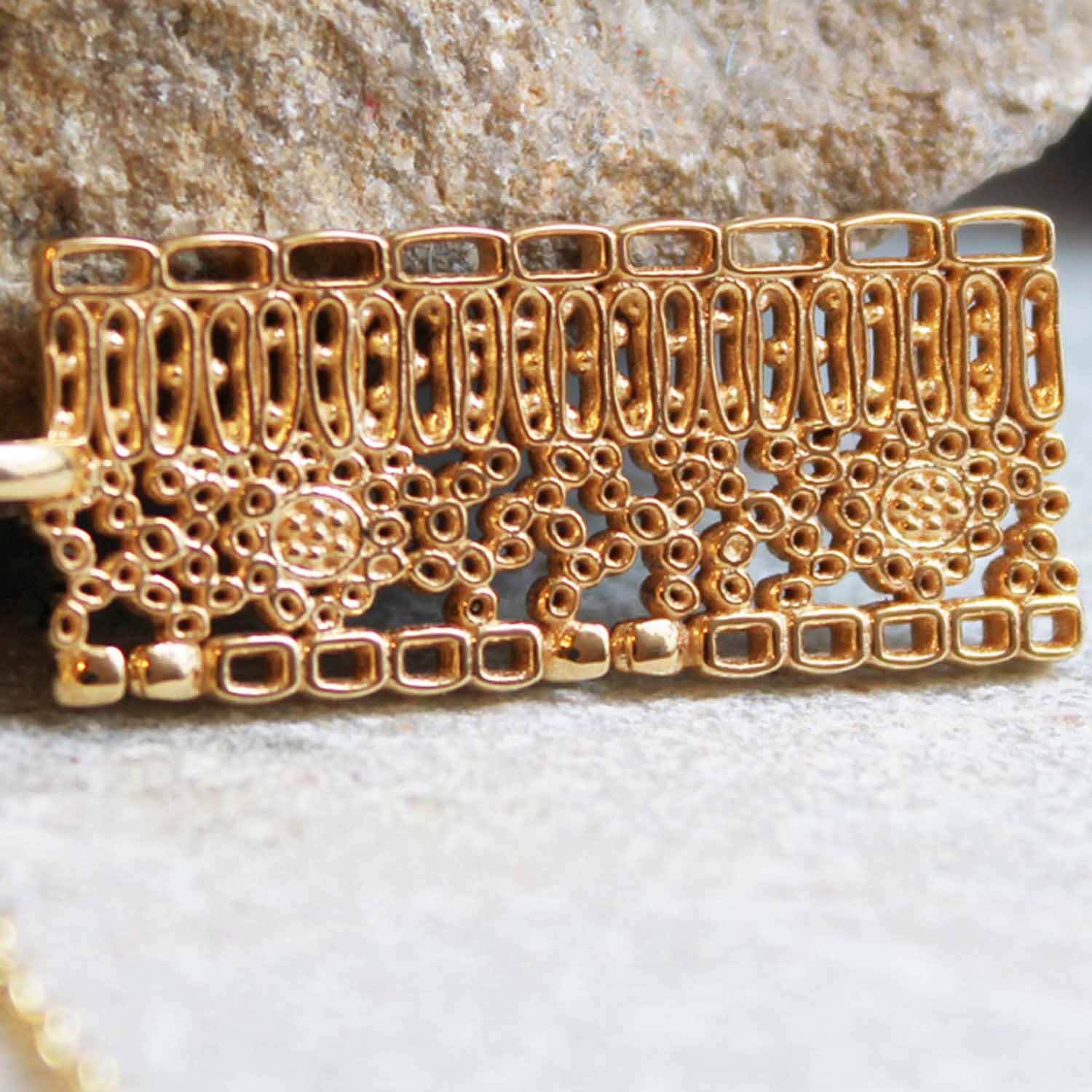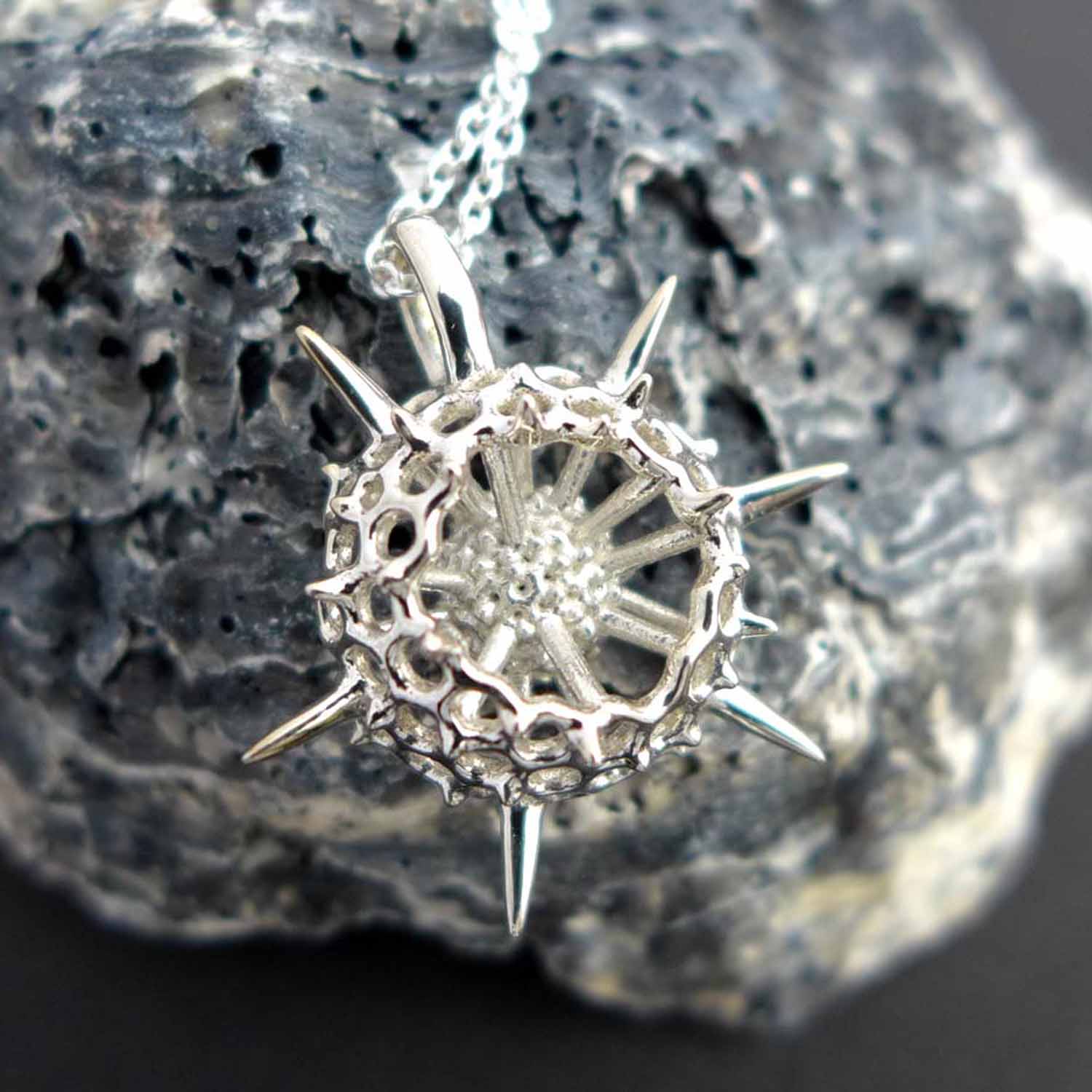On Dinosaurs, Birds and Bavaria
About 150 million years ago in Bavaria, Germany, long before Oktoberfest, there was Archaeopteryx. Instead of drunken dirndl- and lederhosen-wearing humans sitting in tents and hefting massive beer steins, dinosaurs dominated and we don't know if they yodeled. Archaeopteryx looked like a bird and even had feathers, but it also possessed many features of a dinosaur. This ancient beast is now considered a transitional fossil between birds and dinosaurs.
Southern Germany in the time of Archaeopteryx was not a mountainous haven for skiers and hikers. Quite the opposite (for a great read on how geographically and biologically different Europe was ages ago, check out Tim Flannery's "Europe, the first 100 million years.") Due to plate tectonics, the region we now know as the Alps was a cluster of islands in a warm tropical sea located close to the equator. In the Jurassic period, named after the Jura mountains in the European Alps, the seas were populated with ichthyosaurs, crinoids, ammonites and plankton, while terrestrial dinosaurs ambled around the islands.
One of these dinosaurs looked a lot like a modern bird. About the size of a pigeon, eleven different fossil specimens of Archaeopteryx (Urvogel as it's called in German, meaning original bird) have been discovered, all in Bavaria. Archaeopteryx had features of both birds and dinosaurs.  Like birds, Archaeopteryx had feathers. Originally unearthed near Eichstätt, the so-called Berlin specimen of Archaeopteryx (see photo), now residing at the Museum für Naturkunde, has been called the 'Mona Lisa' of fossils because of its detailed and complete feather impressions. Like birds, Archaeopteryx had opposable toes and a wishbone. Its neck curved in a gentle S-shape like herons and egrets. But Archaeopteryx also possessed many features of dinosaurs. It had gastralia, i.e., free floating vertebrae in the trunk that are only seen in dinosaurs and modern day crocodiles. It had three fingers with claws extending from its wings, something birds do not have. (Thank goodness, or you'd probably never want to take a stroll among the pigeons in the park.) While birds are toothless, Archaeopteryx had teeth. Archaeopteryx had a long bony tail to which its tail feathers were attached, whereas modern birds have a "pygostyle," a much reduced and fused caudal vertebra to support the tail feathers.
Like birds, Archaeopteryx had feathers. Originally unearthed near Eichstätt, the so-called Berlin specimen of Archaeopteryx (see photo), now residing at the Museum für Naturkunde, has been called the 'Mona Lisa' of fossils because of its detailed and complete feather impressions. Like birds, Archaeopteryx had opposable toes and a wishbone. Its neck curved in a gentle S-shape like herons and egrets. But Archaeopteryx also possessed many features of dinosaurs. It had gastralia, i.e., free floating vertebrae in the trunk that are only seen in dinosaurs and modern day crocodiles. It had three fingers with claws extending from its wings, something birds do not have. (Thank goodness, or you'd probably never want to take a stroll among the pigeons in the park.) While birds are toothless, Archaeopteryx had teeth. Archaeopteryx had a long bony tail to which its tail feathers were attached, whereas modern birds have a "pygostyle," a much reduced and fused caudal vertebra to support the tail feathers.
The Berlin specimen was the inspiration for my Archaeopteryx pendant  design. I chose to give my dino-bird pendant a more natural living pose instead of re-creating its fossilized death pose. It was one of my more time-consuming and frustrating designs, but I'm happy to report that the pendant has been sent off for prototyping. At 5 cm (almost 2 inches) long, he's a little larger than most of my designs, but it was necessary so that I could get the details exactly the way I wanted. I will probably offer this pendant on a longer chain.
design. I chose to give my dino-bird pendant a more natural living pose instead of re-creating its fossilized death pose. It was one of my more time-consuming and frustrating designs, but I'm happy to report that the pendant has been sent off for prototyping. At 5 cm (almost 2 inches) long, he's a little larger than most of my designs, but it was necessary so that I could get the details exactly the way I wanted. I will probably offer this pendant on a longer chain.
As for dinosaurs in Bavaria, I was hoping to make a trip this spring to see the crinoid raft fossil in Holzmaden (which is actually in Baden-Württemberg, not Bavaria), but that was foiled by the dastardly coronavirus. I'll have to wait a bit until purely recreational travel is allowed again in Germany. Until then, I'll start working on a crinoid model...and hope that it doesn't take as long as Archaeopteryx.






Leave a comment